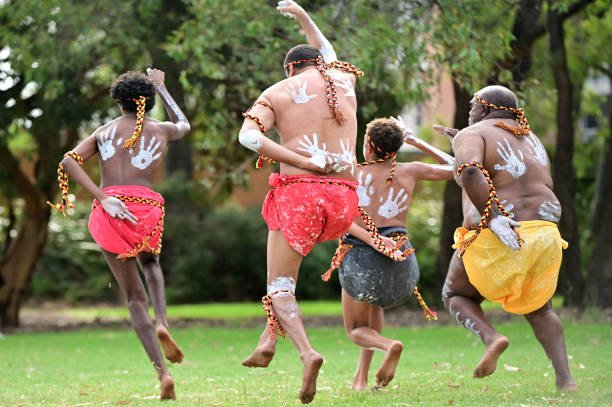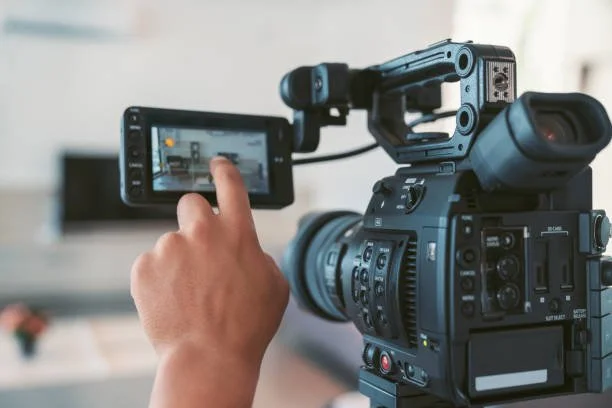Unit Plan: Identity and Representation in Media – Indigenous Perspectives
Year Level: 9–10 (Band 9–10)
Unit Duration: 4 lessons, 70–90 minutes each
Theme: Exploring race, identity, and representation of Indigenous Australians in media
Curriculum Alignment: Australian Curriculum: The Arts (Media Arts) v9.0
lesson one : Introduction to Identity and Representation in Media
Learning Intentions:
Understand the concept of identity and representation in media texts.
Identify how media shapes perceptions of culture, race, and identity.
Begin to explore Indigenous representation in Australian media.
Curriculum Content Descriptors:
AC9AMA10E01: Analyse media conventions that construct meaning.
AC9AMA10E02: Evaluate social, cultural, and historical contexts of media works.
Activities:
Starter: Brainstorm with a think-pair-share activity: “What is identity? How is identity shown in media?”
Watch selected short clips or images featuring Indigenous Australian characters or themes. Discuss immediate reactions and observations about representation and stereotypes.
Introduce key media concepts: representation, stereotype, and identity through a teacher-led mini-lecture and class discussion.
Small group activity: Students analyse a short Indigenous media excerpt using a guided worksheet focusing on media conventions (camera angles, sound, narrative).
Differentiation:
Provide graphic organizers/scaffolded worksheets for students needing additional support.
Extension: Students interested in advanced critique can research and present on a contemporary Indigenous filmmaker.
Assessment:
Informal formative assessment through participation and worksheet completion.
Preparation/Resources:
Clips/posters from Indigenous media (e.g., excerpts from Redfern Now or The Sapphires).
Projector, speakers, printed worksheets.
Lesson 2: Historical and Contemporary Portrayals of Indigenous Australians
Learning Intentions:
Trace the evolution of Indigenous representation in Australian media historically and today.
Critically evaluate how media reflects and shapes societal attitudes toward Indigenous peoples.
Curriculum Content Descriptors:
AC9AMA10E02: Evaluate social, cultural, and historical contexts.
Activities:
Presentation on key historical media portrayals vs. contemporary Indigenous media works.
Class discussion about the impact of colonial narratives and the importance of Indigenous voices in media.
Compare and contrast activity: Students analyse two media texts (one historical, one contemporary) and record observations in a Venn diagram.
Reflective journal entry: “How have Indigenous media representations changed, and why does it matter?”
Differentiation:
Provide annotated transcripts or subtitles for video materials.
Allow oral or visual reflections for students who find writing challenging.
Assessment:
Formative: journal reflections reviewed by teacher for understanding.
Preparation/Resources:
Historical media excerpts, documentaries, interviews with Indigenous media artists.
Venn diagram templates, reflection journals or digital platforms.
Lesson 3: Media Production Techniques: Camera Work, Sound, and Symbolism
Learning Intentions:
Develop understanding of technical media elements used to convey cultural narratives.
Experiment with camera angles, sound design, and symbolism in storytelling.
Curriculum Content Descriptors:
AC9AMA10P01: Plan and structure media arts works using media conventions and genre.
Activities:
Teacher demonstration of camera techniques and sound effects that influence meaning (e.g., close-ups to show emotion, symbolic use of colour or sound motifs).
Practical hands-on workshop: In small groups, students storyboard a short scene focusing on identity and Indigenous themes using the techniques discussed.
Peer feedback on storyboards guided by a rubric.
Differentiation:
Provide templates and exemplars for storyboards.
Encourage different roles in groups (director, scriptwriter, sound designer) according to student strengths.
Assessment:
Formative: storyboard submission and peer feedback comments.
Preparation/Resources:
Cameras or smartphones, storyboard templates, sound clips library.
Lesson 4: Planning and Producing Short Media Projects
Learning Intentions:
Apply media production skills to create short media works that explore Indigenous identity.
Reflect on ethical media practice and respectful cultural representation.
Curriculum Content Descriptors:
AC9AMA10P01: Plan and structure media arts works.
AC9AMA10C01: Present media arts works using responsible and safe practice.
Activities:
Finalise storyboards and scripts with teacher guidance.
Media production session: groups film or record their short media projects.
Class screening and peer review with guided discussion on representation and technical choices.
Reflective task: Write or record a commentary connecting their media choices to the theme of identity and ethical representation.
Differentiation:
Offer alternative presentation options (video, podcast, slideshow).
Extra support for students less confident with technical production through step-by-step guides or peer mentors.
Assessment:
Summative: Completed media project and reflective commentary assessed using a clear rubric aligned to curriculum standards.
Preparation/Resources:
Media equipment, editing software, quiet production spaces, reflection prompts.
Organisational Considerations
Set up: Ensure all technical equipment is tested and ready before lessons.
Materials: Video clips, storyboarding sheets, cameras, editing software (e.g., iMovie, Adobe Premiere Rush).
Pre-lesson planning: Teacher to preview all media to ensure cultural sensitivity and appropriateness.
Digital Platform: Upload resources, exemplars, and submission portals for student access and teacher feedback.



